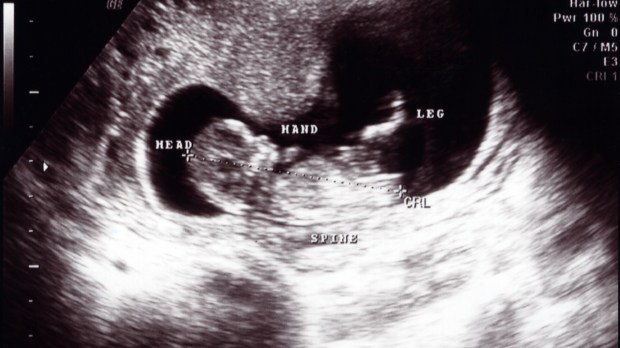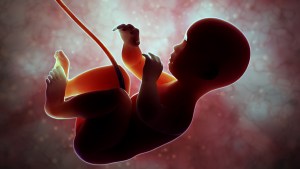When the Supreme Court hears arguments in hears in Dobbs v. Jackson Women’s Health Organization on December 1, the justices will be focused on one key issue: the “viability” of the fetus.
Roe v. Wade and the “viability” of the fetus
The case coming before the High Court features a challenge to a Mississippi law restricting abortion after 15 weeks of pregnancy. That legislation would seem to conflict with Roe v. Wade, the law of the land since 1973, which legalized abortion before the point of viability of the fetus. In that decision the court set the moment of fetal viability at 24 weeks of pregnancy.
For the High Court to determine whether restrictions on abortions performed before the fetus is viable are constitutional will involve an examination of what it means to be “viable.” Here’s where the abundance of scientific research that has taken place in the last half century comes in.
A new definition of viability thanks to scientific progress
Since 1973, medical advancements have meant that babies can survive outside the womb at a much earlier point in gestation. What’s more, scientific progress has meant that we now know more about the development of the fetus and its undeniable humanity even in the earliest weeks after conception.
“Science reveals the undeniable humanity of the unborn child. By 15 weeks, an unborn baby’s heart has beaten nearly 16 million times. She already shows a preference for her right or left hand, responds to taste, and can feel pain. They and their mothers deserve protection in the law,” said Susan B. Anthony List President Marjorie Dannenfelser.
The Charlotte Lozier Institute, a research and education institute of the the Susan B. Anthony List, has released a report that draws on recent scientific research on the development of the human fetus. Here is a summary of their findings.
15 facts on the 15-week-gestation fetus
1. All of the major organs have formed. By 15 weeks of pregnancy the kidneys are filtering toxins, the stomach and pancreas are producing digestive enzymes, the heart and nerves have developed. The lobes of the lung and airways are also in place and developing.
2. The heart pumps 26 quarts of blood per day. By comparison an adult’s heart pumps 6,000 quarts a day.
3. The heart has already beaten approximately 15,000,000 times. At only 22 days after fertilization (about five weeks’ gestation) the heart starts beating.
4. Each finger moves separately. At this point in gestation, the fetus explores its environment with his fingers.
5. The fetus prefers sucking his left or right thumb. It is now possible to predict whether a fetus will be right-handed or left-handed.
6. The entire body responds to touch. The fetus tends to moves away from light touch. When touched by his or her mouth, the fetus’s head will turn towards the object as if to prepare for nursing.
7. The fetus responds to taste. At this point in gestation, the fetus indicates some personal preferences. For example, if the amniotic fluid tastes sweet because of an injection of saccharin, the fetus swallows more amniotic fluid. If the amniotic fluid tastes bitter, the fetus swallows less amniotic fluid.
8. The brain creates neurons at a rate of 250,000 a minute. From five weeks until 26 weeks or so, the brain’s main job is to create more neurons.
9. Brain connections formed at 15 weeks’ gestation last into adulthood. Neurons start forming connections, called synapses, very soon after they are born. By adulthood, the average neuron has 7,000 synaptic connections to other neurons.
10. The fetus can feel pain. Pain receptors develop in the skin between 10- and 17-weeks’ gestational age.
11. Females have most of the eggs they will ever produce. In females, these future egg cells start dividing immediately, until the female fetus has about 7 million eggs around 21 weeks’ gestation.
12. The fetus has practiced breathing over six weeks. By 13 weeks’ gestation, the fetus will make many breathing motions in a row, taking 2-3 seconds between each breath.
13. Eye movements are easily seen in ultrasound recordings. Sporadic eye movements begin around 14 weeks‘ gestation, and rapid eye movements, such as those seen during sleep, are first detected around 18 weeks’ gestation.
14. If a doctor took an x-ray this week, the fetus’ skeleton would be visible. By 15 weeks’ gestation, much of the unborn baby’s skeleton has hardened from cartilage into bone.
15. Surgeons have successfully performed surgery on fetuses at 15 weeks’ gestation. Fetal surgery has proven successful in treating twin-to-twin transfusion syndrome, spina bifida, congenital heart defects, and other disorders.
Read the complete report here.



